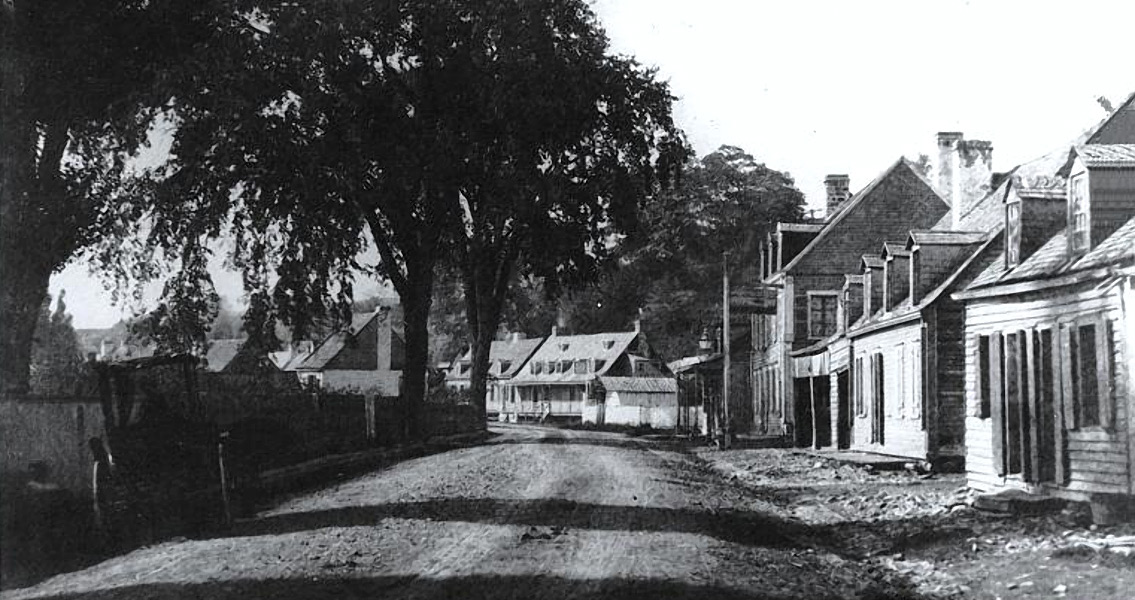<![CDATA[The ground beneath the most bustling and crowded highway interchange in Montreal is the site of what’s left of an eighteenth century village, it has been recently revealed. Construction crews had been hard at work on the Turcot Interchange for months, discovering artifact after artifact until finally the building efforts were brought to a halt. Researchers have reported that the village of Saint-Henri-des-Tanneries, dating back to the latter days of the 1700s, is the identity of the town uncovered by construction workers; the village had once been a part of the burgeoning leather trade of the region. Little information about the village has come from direct artifacts until now, with the majority of what we know about Saint-Henri-des-Tanneries originating from historical records. However, with the discovery of the remains of the village, scientists have been afforded the unique opportunity to see how the people of Montreal lived more than two centuries in the past. The dig has been particularly useful in providing archaeologists with new clues as to how the tanning and leather trade worked during the 1700s. Researchers say that easily more than half of the residents of the town had their hand in the tanning industry; Heritage Montreal’s policy director Dinu Bumbaru said that Montreal could have easily been considered “the shoe and leather capital of the world”, in an interview with CTV News. A number of artifacts related to the tanning trade have been uncovered so far at the dig, with archaeologist Frank Rochefort stating that large wooden tanks used to treat and wash animal skins have been found. Another noteworthy find is a double-hilted knife; the researcher remarked that knives of this kind were used to create the wood chips needed to complete the tanning process. Tanneries of this kind were typically both owned and operated by local families. Many of these families would live right alongside their shops; these tanneries played a key role in the leather trade for the village. Archaeology teams are set to continue excavating the site, which is approximately the size of a football field, with hopes running high that there will be even more priceless artifacts uncovered that will tell the story of Saint-Henri-des-Tanneries. Rochefort says that this is the largest archaeological dig that has been conducted on behalf of the Ministry of Transport in three decades. The artifacts uncovered by the researchers will be preserved and likely placed on display at local museums after they have been sufficiently studied. However, it’s unclear if the foundation of the village will be given the same care, since the construction of the Turcot Interchange will need to be completed eventually. Transport Quebec maintains that it will be undertaking a 3D scan of the site at the very least in order to catalog the find in some way. Image courtesy of Wikimedia Commons user: McCord Museum ]]>
18th Century Village Uncovered Beneath Montreal Highway
